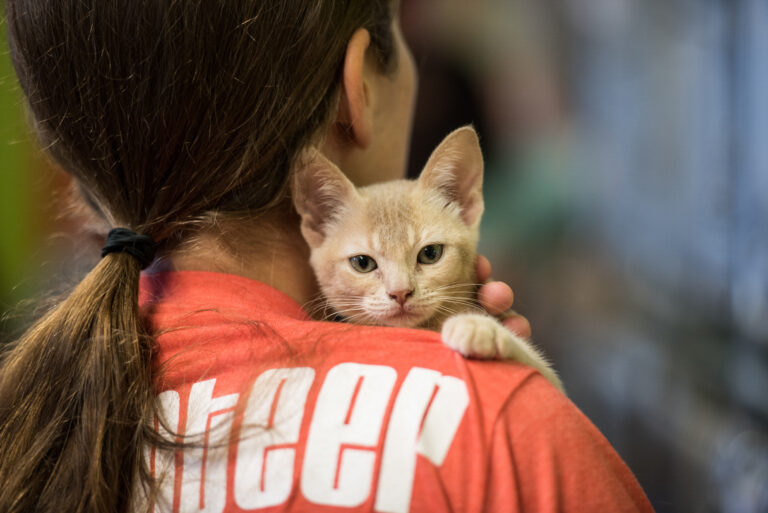As the weather warms up, it’s natural to open windows and spend more time on balconies to let in fresh air and enjoy the sunshine. However, for cat owners, open windows and balconies present serious safety hazards. Cats are curious and agile but may not always recognize the dangers of heights, leading to accidental falls—commonly referred to as high-rise syndrome. Even indoor cats can attempt daring jumps or slip while chasing birds or bugs.
To ensure your cat enjoys the warmer months safely, it’s essential to cat-proof open windows and balconies. Here’s a complete guide on how to create a secure, stress-free environment for your feline friend.
Table of Contents
Why Cat-Proofing Windows and Balconies Is Crucial
Cats have strong hunting instincts, and an open window or balcony can quickly become tempting. Many people believe cats have an innate ability to sense danger and avoid falling. However, studies show that even experienced climbers can misjudge distances or lose footing, especially when startled or distracted.
Common risks include:
- Falling from high floors, leading to broken bones, internal injuries, or worse.
- Getting stuck between railings or window frames.
- Escaping and becoming lost outdoors.
- Injuries from sharp window edges or broken screens.
Proactively securing windows and balconies protects your cat from these avoidable accidents.
How to Cat-Proof Open Windows
- Install Sturdy Screens
Standard window screens aren’t designed to withstand a cat’s weight or claws. Replace flimsy screens with pet-proof, heavy-duty mesh screens made of reinforced materials like metal or thick fiberglass.
- Ensure the screen is tightly fitted and secured to the window frame.
- Check screens regularly for signs of wear, holes, or looseness.
- Avoid opening windows without screens, even partially.
- Use Window Guards or Grilles
Window guards or grilles offer an additional layer of protection. These are metal or plastic bars installed inside or outside the window, preventing cats from slipping out.
- Opt for guards with narrow gaps (no wider than 2 inches) to prevent cats from squeezing through.
- Ensure they are securely anchored and can’t be pushed loose.
- Choose rust-resistant materials for outdoor durability.
- Limit Window Opening Size
If your windows open vertically or horizontally, consider installing window stoppers to limit how wide they can open. A gap of 2-3 inches is enough for ventilation but too small for a cat to fit through.
Alternatively, opt for tilt-and-turn windows with safety locks, which can open at the top for airflow without providing an escape route.
- Avoid Relying Solely on Screens
Screens may provide airflow, but they can’t support the weight of a determined or excited cat. Always combine screens with physical barriers like window guards for maximum safety.
How to Cat-Proof Balconies
- Install Balcony Netting
Cat-safe balcony netting is one of the most effective ways to create a secure outdoor space. Look for:
- UV-resistant, durable materials that withstand weather conditions.
- Tightly woven netting with small gaps (1-2 inches) to prevent slipping through.
- Sturdy mounting kits to secure the net to railings, walls, and ceilings.
Ensure the netting is tight and free of gaps at the bottom and sides, where a curious cat might try to squeeze through.
- Use Plexiglass or Acrylic Barriers
For balconies with railings, installing clear plexiglass panels or acrylic sheets along the inside of the railing prevents cats from climbing or squeezing through gaps.
- Measure your balcony railing height and width.
- Secure panels with zip ties, screws, or brackets (depending on rental restrictions).
- Check regularly for stability and signs of damage.
- Avoid Placing Furniture Near Balcony Edges
Cats love to climb, and outdoor furniture positioned close to balcony railings may act as a springboard. Keep chairs, tables, and planters away from the edges, reducing the risk of them jumping or climbing over.
- Supervise Balcony Time
Even with safety measures, it’s a good idea to supervise your cat while they’re on the balcony. Watching them helps ensure they don’t test barriers or find escape routes.
Alternatively, consider creating a catio (cat patio)—an enclosed outdoor space that gives your cat the benefits of fresh air without any risk.
Additional Safety Tips
- Inspect barriers regularly for wear, damage, or loose fittings.
- Avoid placing tempting plants or toys near unsecured windows or balcony edges.
- Provide safe indoor enrichment like window perches, cat trees, and bird-watching spots to satisfy their curiosity.
- Consider adding soft padding (like artificial turf or mats) on balconies to provide traction and comfort.
In Conclusion

Open windows and balconies offer fresh air and a taste of the outdoors, but for cats, they also present serious dangers. By installing secure screens, window guards, netting, or plexiglass barriers, you can prevent accidents and give your feline friend a safe environment to enjoy the warmer months.
With thoughtful planning and regular maintenance, you can allow your cat to safely bask in the breeze—without putting their well-being at risk.







